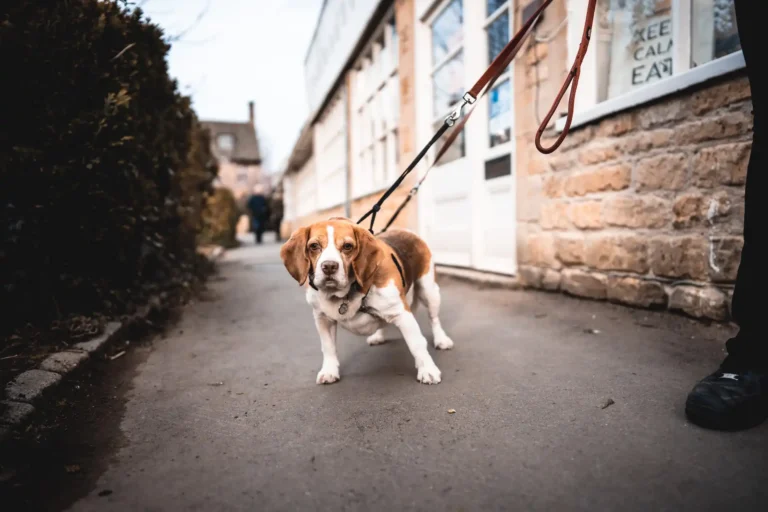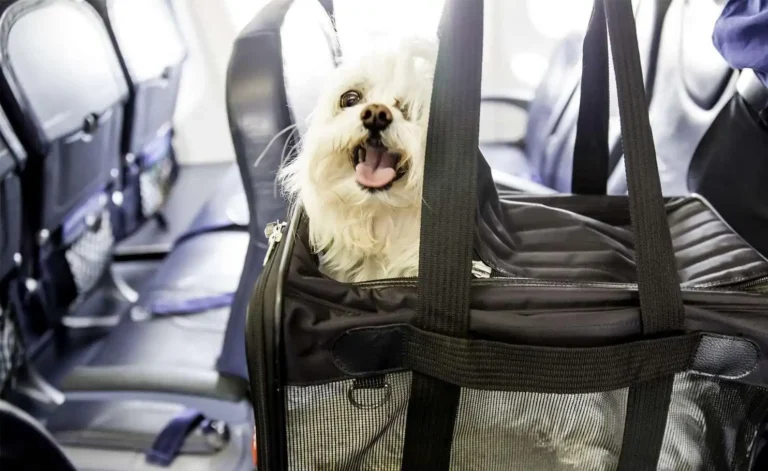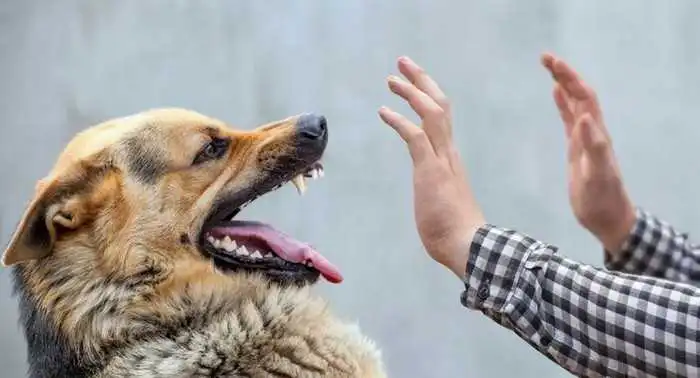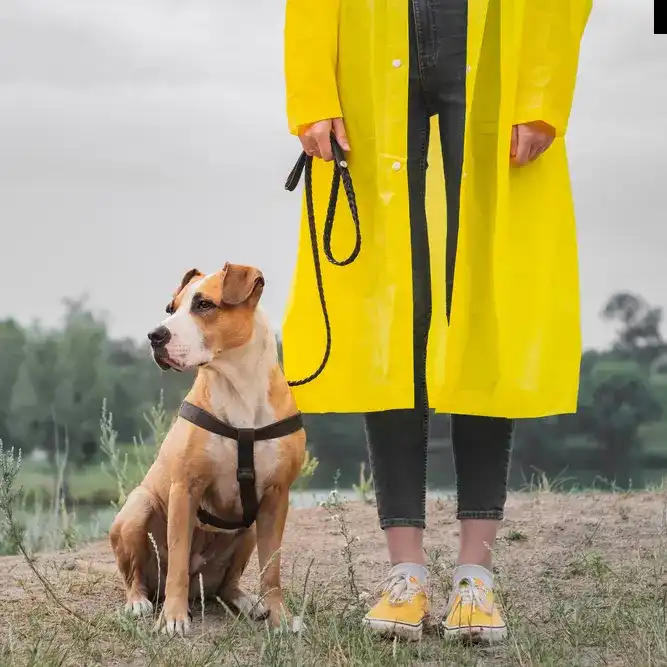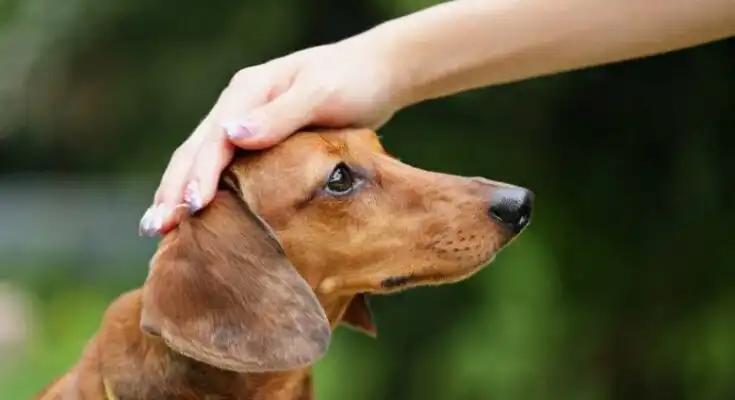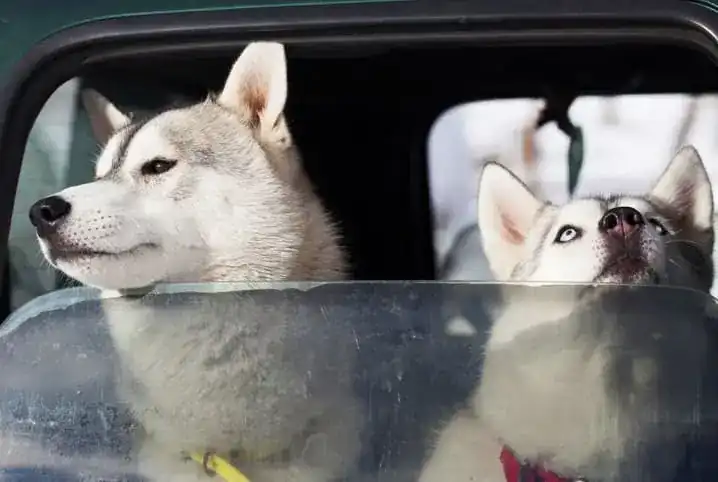Tips for staying calm when meeting other dogs
You know that feeling when your heart starts pounding, your throat gets tight, and your palms start sweating when you see someone with a dog in the distance? Are you wondering how you can get past those two and avoid them throwing their leash around? Then today we’ll give you three tips to help make your future encounters with dogs less stressful.
Many dog owners, including us, have had unpleasant experiences with other dog owners and their pets. There was a time when we actually avoided anyone walking their four-legged friend. And not only because we didn’t want to get into confrontations and listen to comments from other dog owners again, but also because we couldn’t calm our own dog. It would pull on the leash, start barking furiously, and it would become almost impossible to take it further.
The negative experience that builds up after several such unpleasant encounters results in your uncertainty and disorientation being transferred to your dog. Your dog reacts to this by barking to compensate for the stress, and when passing another person with a dog, he pulls on the leash to pass by and avoid escape as a stress management measure. Now that you know the reason for your dog’s behavior, you can begin training right away.
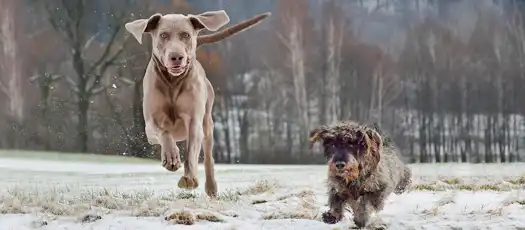
Be happy when you meet another person with a dog
The important thing about this training is that you first work on yourself and change your mindset – your way of thinking – that is causing you to feel insecure as an owner. Treat each meeting as an opportunity to practice with your dog and grow together as a team!
1. Focus your attention on a point near which there are no irritants.
Have you ever noticed that your dog pulls even harder on the leash and rushes towards an oncoming dog when you look at him and his owner and try to judge how far away they are from you?
Our attention is directed where our gaze is directed. Our dogs are oriented in the same way. If we look at another dog walking towards us, our dog will become even more interested in him and his owner. Whatever you focus on, your energy will be directed there too. If you ignore the oncoming stimulus and concentrate on something else, over time your dog will begin to notice that rushing towards the approaching company is pointless and will redirect his attention.
Have you noticed another person with a dog in the distance? Then it’s time to begin the next exercise. It’s never too early to redirect your attention. After all, at a great distance, our dog can still navigate by us, since the stimulus is still quite far away. If we are only ten meters away from the oncoming dog, an attempt to capture and redirect our dog’s attention is unlikely to be successful. In addition, it would be more desirable to begin reinforcing the desired behavior of your dog in advance, rather than intervening when it has already demonstrated undesirable behavior. Otherwise, we will have to correct its behavior too often, which will lead to disappointment on both sides.
Turn slightly off the path and try to go around the oncoming group. This will already help to defuse the situation a little. Now choose an object in the distance. It can be a park bench, a tree, a fence, a butterfly, etc. Focus all your attention on this object. Do not look left or right, but only at this object in the distance. Start purposefully walking towards this object. This will let your dog know that you are not interested in the other dog and its owner. This purposeful distance from the other dog will give your four-legged friend confidence and relieve stress. This will give your dog a landmark. In addition, now it will know that you are ready to take responsibility for it and save it from unpleasant situations.
2. Evoke positive emotions – and don’t forget about breathing!
The first exercise, “Out of sight, out of mind,” will help you redirect your attention. But it won’t get rid of the negative feeling you have from all your previous encounters with dogs. So our second piece of advice is to turn the negative feeling into a positive one.
Think back to your last vacation with your dog. Maybe you were running barefoot on the beach with him or her, or watching the sunset. Or maybe you were hiking in the mountains and taking in the fantastic views. Look at your dog and consciously return to that positive feeling you had on vacation. Can you feel the energy, joy, and gratitude that those memories evoke? Now you can apply this exercise to your next walk.
When you see another person approaching you from afar with a dog, look at your dog, take a deep breath through your nose, exhale through your mouth and remember the feeling you evoked in this exercise. Thanks to your positive inner attitude, this feeling will be transmitted to your dog. It senses your mood and will now obey you better.
So, enjoy every new meeting with other dogs. Look at your four-legged friend. Take a deep breath and evoke positive emotions in yourself.
3. Give your dog an alternative task
The exercises above will help you as an owner stay calm in stressful situations and focus on what’s important. However, it can also be very helpful to tell your dog what he should do in such a situation. Most often, we only know what our dog should NOT do: “He shouldn’t fool around on a leash.” Instead, focus on what your dog should do when he meets another dog with his owner: “My dog should walk calmly past another dog without pulling on the leash, and look at me.” Now we come to an alternative task.
Train your dog in a low-stimuli environment and teach him to look at you on cue. Once you have mastered the signal-action coordination, you can incorporate this exercise into your daily walk. When you see another dog with his owner coming toward you from a distance, immediately engage your dog. Work on an alternative behavior. Tell your dog what he should do instead of fooling around on the leash. Take the cue word “Look,” for example. Command your dog to look at you. Work with him. If he exhibits the desired behavior, give him a reward. Focus all your attention on your dog and the alternative behavior. Ignore everything else. Focus only on the exercise, and from now on your dog will know exactly what he should do.

